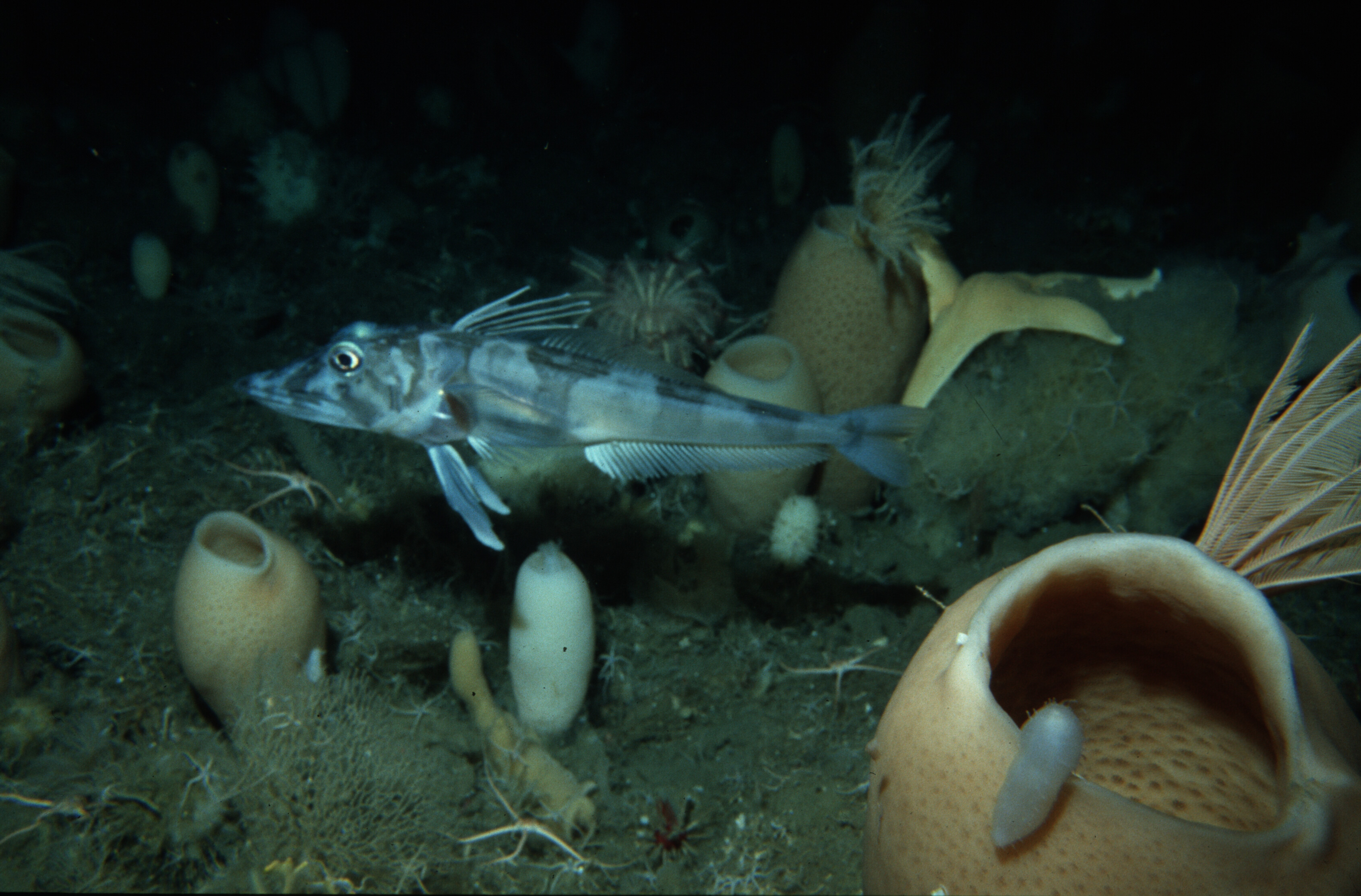Antarctica's Bizarre Creatures Come to Life Online


The strange creatures that thrive on the bottom of the chilly ocean surrounding Antarctica have been revealed in a comprehensive collection of snapshots and datasets now available online.
The database, published as part of a paper in the journal Nature Conservation, covers the frozen continent's macrobenthic organisms, creatures that live on the seafloor and are big enough to be seen by the naked eye.
This community includes spiny echinoderms, sponges, crustaceans as well as some bottom-dwelling fish that are uniquely adapted to the region's ice-laden waters — for instance, icefish (Notothenioidei), which have a natural antifreeze chemical in their blood and body fluids that allow them to survive in frigid temperatures.
Though the underwater picture collection only goes back to the mid-1980s, the entire database draws on information collected using dredges and trawls, in addition to towed and remote-controlled cameras, from about 90 different expeditions in the region since 1956. The database is also georeferenced, meaning each bit of data is linked to the precise location where it was collected by researchers studying the Antarctic seafloor. [See Images of the Antarctic Creatures]
"The most important achievement of this paper is that data collected over many years and by various institutions are now not only freely available for anyone to download and use, but also properly described to facilitate future work in re-using the data," said the paper's lead author Julian Gutt of the Alfred Wegener Institute Helmholtz Centre for Polar and Marine Research in Germany.
The vast majority of information in the data collection comes from Antarctica's seafloor shelf, at depths shallower than about 2,600 feet (800 meters).
The researchers say and the database aims to aid scientists studying the biodiversity of the pristine region. The authors also note that only a few marine habitats are currently protected in Antarctica, and they say their data collection could inform proposals for bigger Marine Protected Areas in, for example, the Ross Sea, a region that straddles the dividing line between East and West Antarctica.
Get the world’s most fascinating discoveries delivered straight to your inbox.
Last year, the United States submitted a proposal to create a protected area in the Ross Sea spanning 700,000 square-miles (1.8 million squre kilometers). If accepted by the Commission for the Conservation of Antarctic Marine Living Resources, the proposal would put limitations on fishing in certain areas to help preserve habitats for iconic species, like whales and emperor penguins, and maintain viable stocks of commercially valuable fish.
The U.S. proposal along with others from New Zealand and the United Kingdom, were not accepted during the independent commission's meeting in Hobart, Australia, back in October, but the group plans to take up the issue again this summer at a special session in Germany.
Follow LiveScience on Twitter @livescience. We're also on Facebook & Google+.




